While Napa Valley deserves fame as America’s premier wine destination, countless other regions across the country produce exceptional wines with distinct personalities and often more approachable price points. These emerging and established wine areas offer intimate tasting experiences, innovative winemaking techniques, and landscapes that rival any vineyard in the world.
Smart wine lovers are discovering that some of America’s best bottles come from unexpected places where passionate winemakers are crafting unique expressions of their local terroir without the crowds and premiums of more famous regions. Here is a list of 20 wine regions outside Napa that should be on every wine enthusiast’s travel itinerary.
Willamette Valley – Oregon
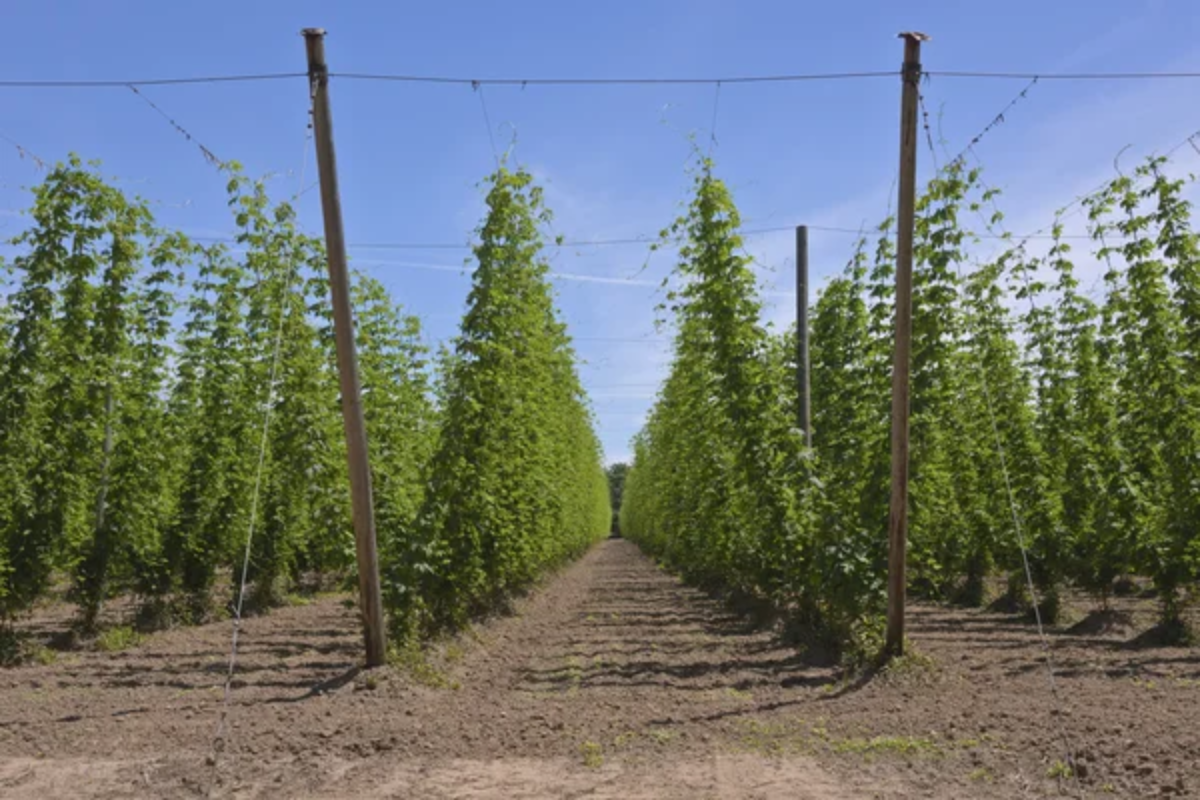
Oregon’s premier wine region produces some of America’s finest Pinot Noir in a landscape of rolling hills covered with sustainable vineyards. The valley’s cool climate and volcanic soils create elegant wines that rival Burgundy while tasting rooms maintain a relaxed, unpretentious atmosphere.
Family-owned wineries like Domaine Drouhin and Archery Summit offer intimate tastings where winemakers often pour their creations and share stories about Oregon’s wine evolution.
Finger Lakes – New York
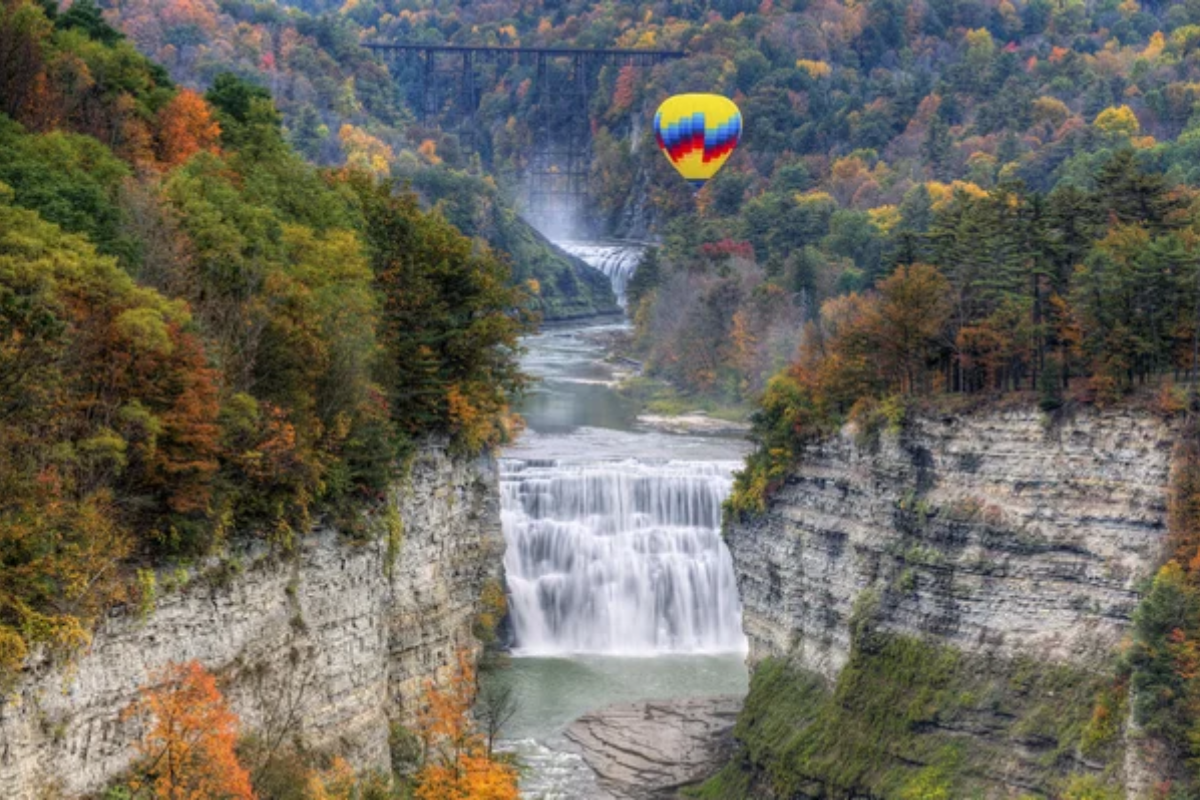
This glacially carved region produces exceptional Rieslings and sparkling wines in a landscape of pristine lakes surrounded by steep vineyard slopes. Cool-climate conditions allow grapes to ripen slowly, developing complex flavors while retaining crisp acidity that makes these wines food-friendly.
Wineries like Dr. Konstantin Frank and Hermann J. Wiemer prove that cold-climate viticulture can produce world-class wines that compete with European counterparts.
Like Travel Pug’s content? Follow us on MSN.
Horse Heaven Hills – Washington
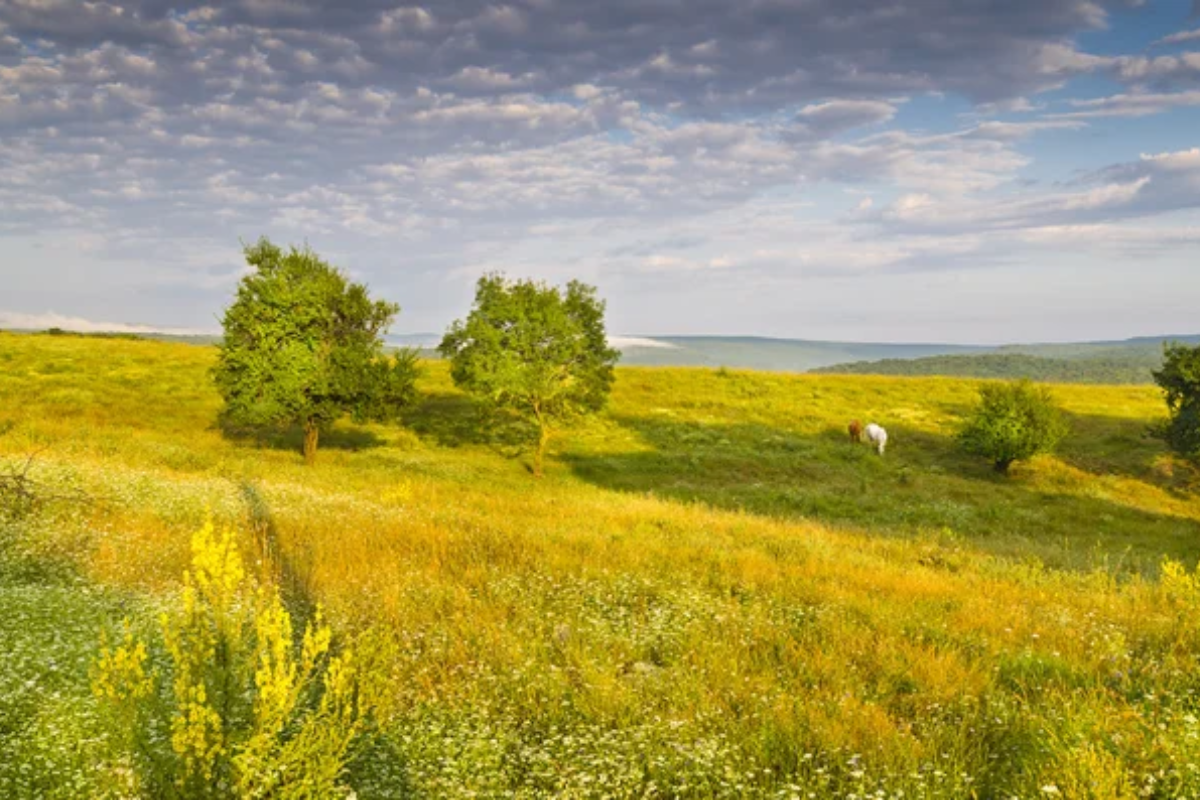
Columbia Valley’s windswept plateau creates ideal conditions for bold Cabernet Sauvignon and Merlot that showcase Washington’s potential for premium red wines. The region’s extreme temperature variations between day and night help grapes develop intense flavors while maintaining balanced acidity.
Champoux Vineyard, like Quilceda Creek, sources fruit from here.
Santa Barbara County – California
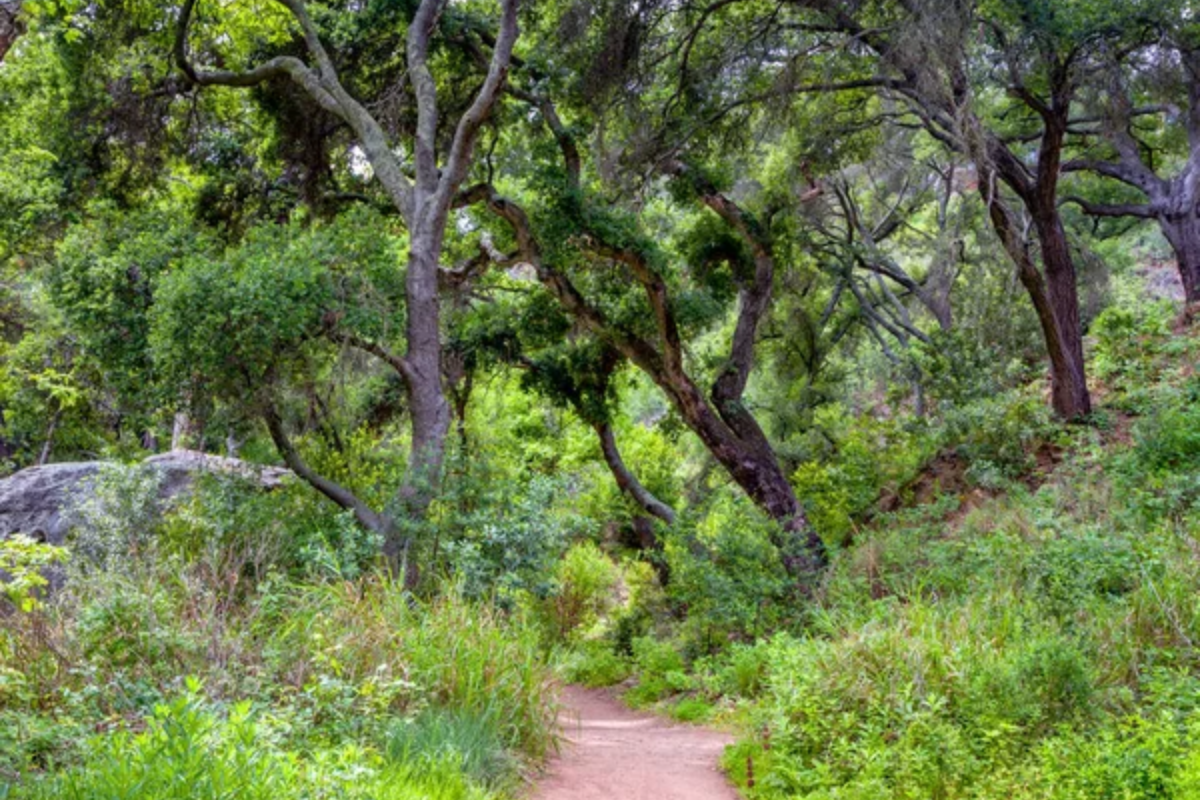
This coastal region’s unique east-west valley orientation creates diverse microclimates perfect for Burgundian and Rhône varieties within a few miles of each other. The movie Sideways introduced many wine lovers to the area’s exceptional Pinot Noir, but Syrah and Chardonnay also thrive in these maritime-influenced conditions.
Wineries like Au Bon Climat and Qupé pioneered Rhône-style wines that express California terroir with European elegance.
Anderson Valley – California
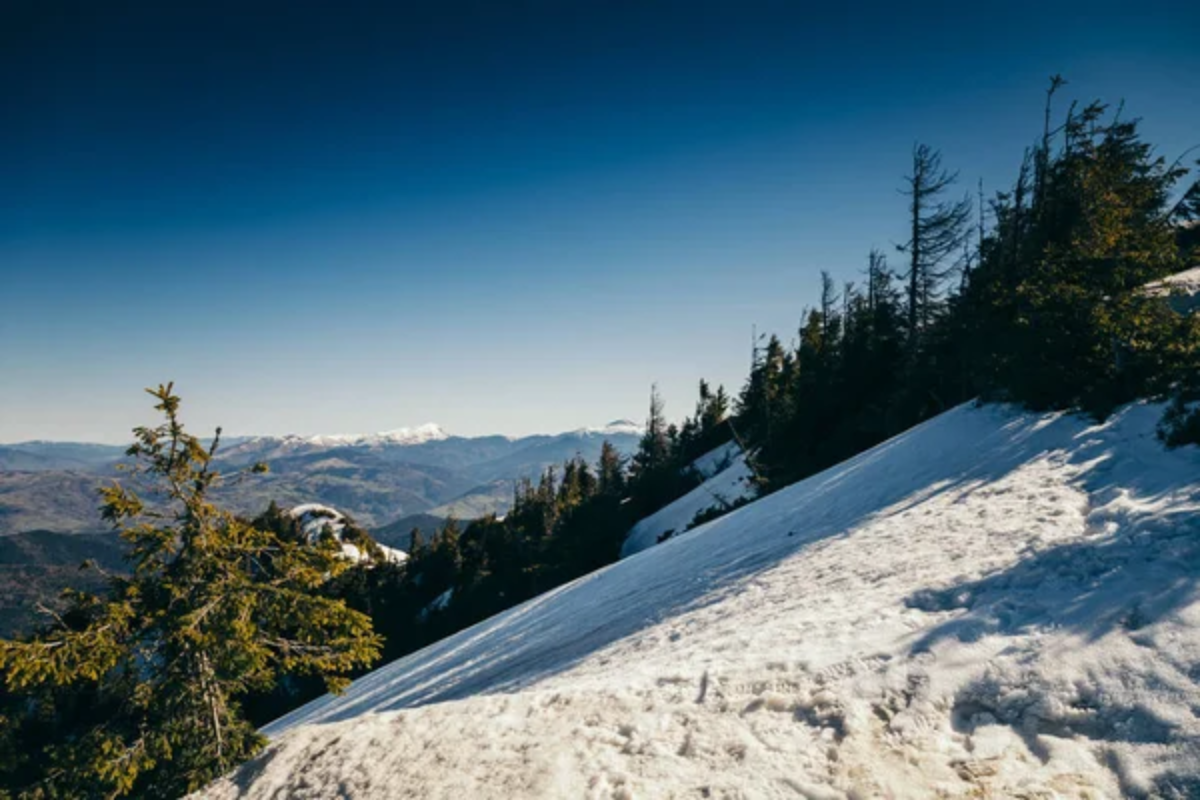
Mendocino County’s cool, foggy valley produces sublime Pinot Noir and sparkling wines in a region that feels more like rural France than California. The valley’s isolation preserves an authentic wine country atmosphere where many wineries remain family-owned and focused on quality over quantity.
Roederer Estate’s sparkling wines demonstrate how European expertise combined with California fruit can create exceptional American bubbles.
Like Travel Pug’s content? Follow us on MSN.
Paso Robles – California
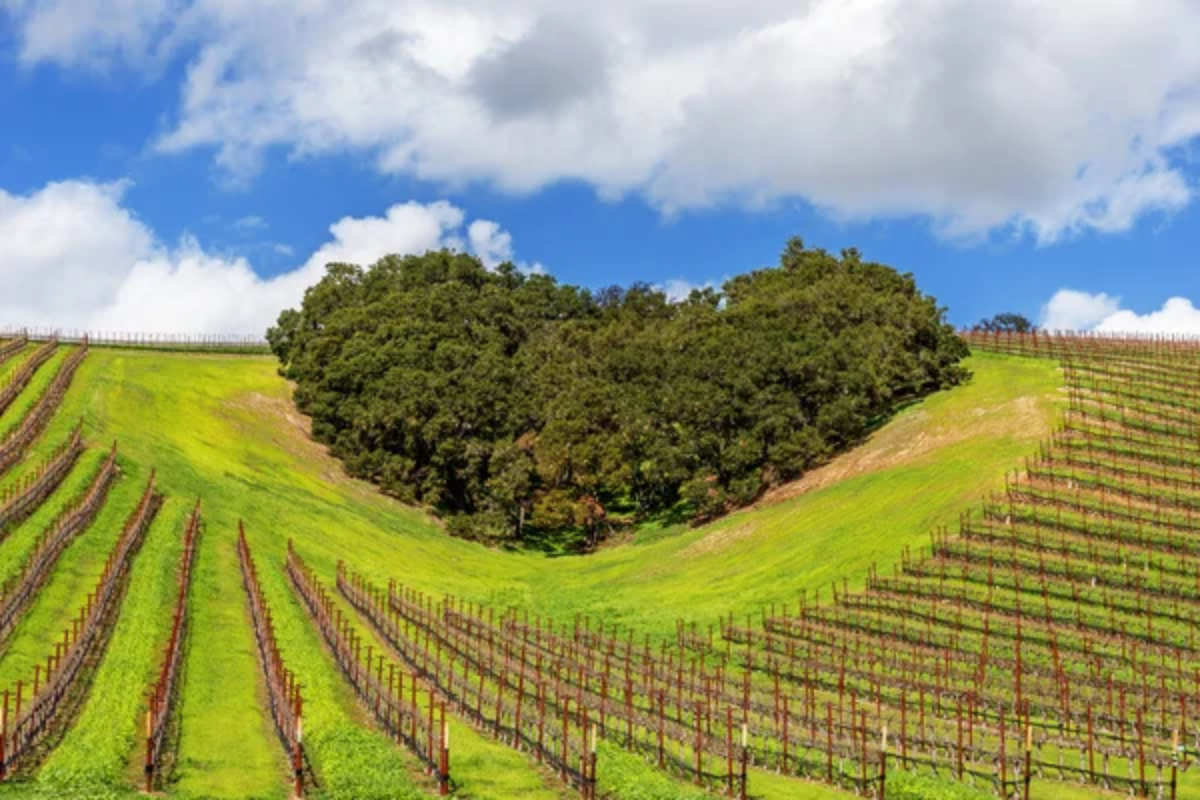
This Central Coast region’s warm days and cool nights create ideal conditions for robust Rhône varieties and Bordeaux blends that offer exceptional value. The area’s diverse soils and microclimates allow winemakers to experiment with unusual varieties while maintaining the region’s reputation for approachable, food-friendly wines.
Tablas Creek’s biodynamic practices and focus on Rhône varieties showcase how sustainable viticulture can produce distinctive wines.
Virginia’s Blue Ridge Mountains – Virginia
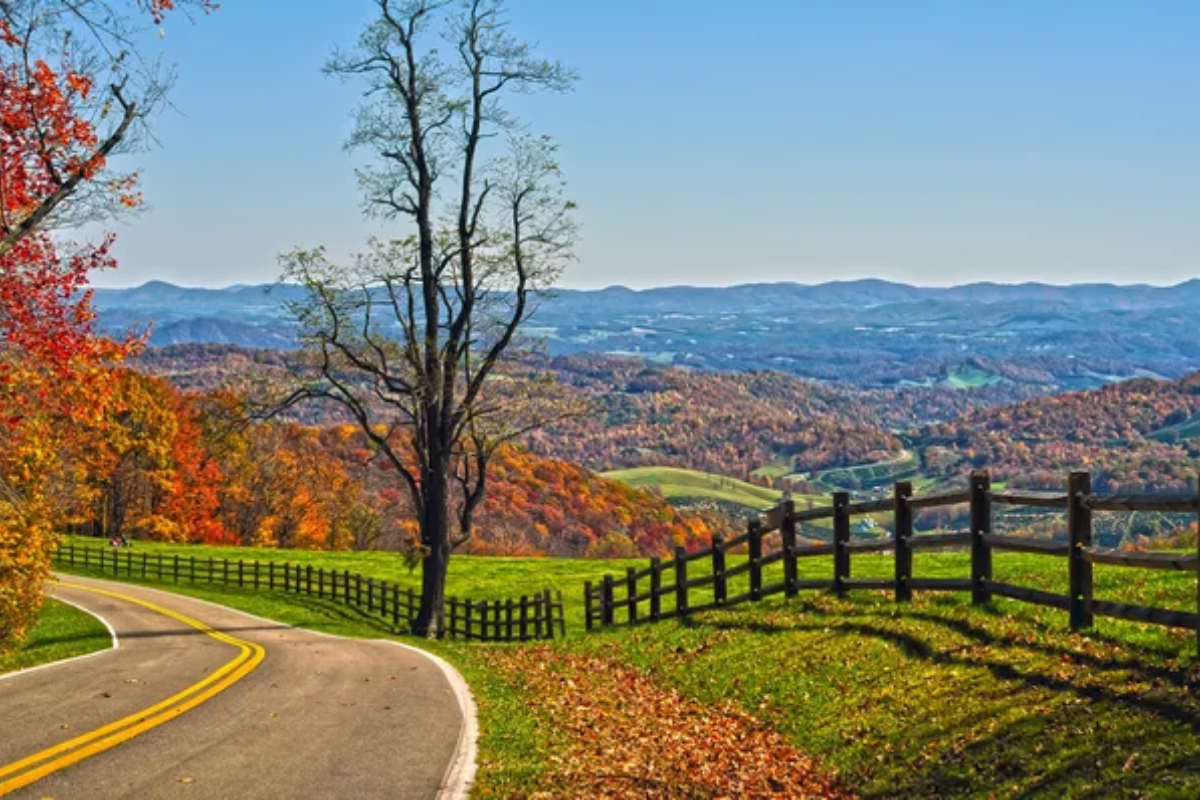
Virginia’s resurgent wine industry centers around Charlottesville, where Thomas Jefferson’s viticultural dreams are finally becoming reality after centuries of trial and error. The region’s varied elevations and soil types allow both European varieties and hybrid grapes to thrive in humid continental climate conditions.
Wineries like Barboursville and King Family focus on varieties that handle Virginia’s challenging weather while producing wines of increasing sophistication.
Long Island – New York
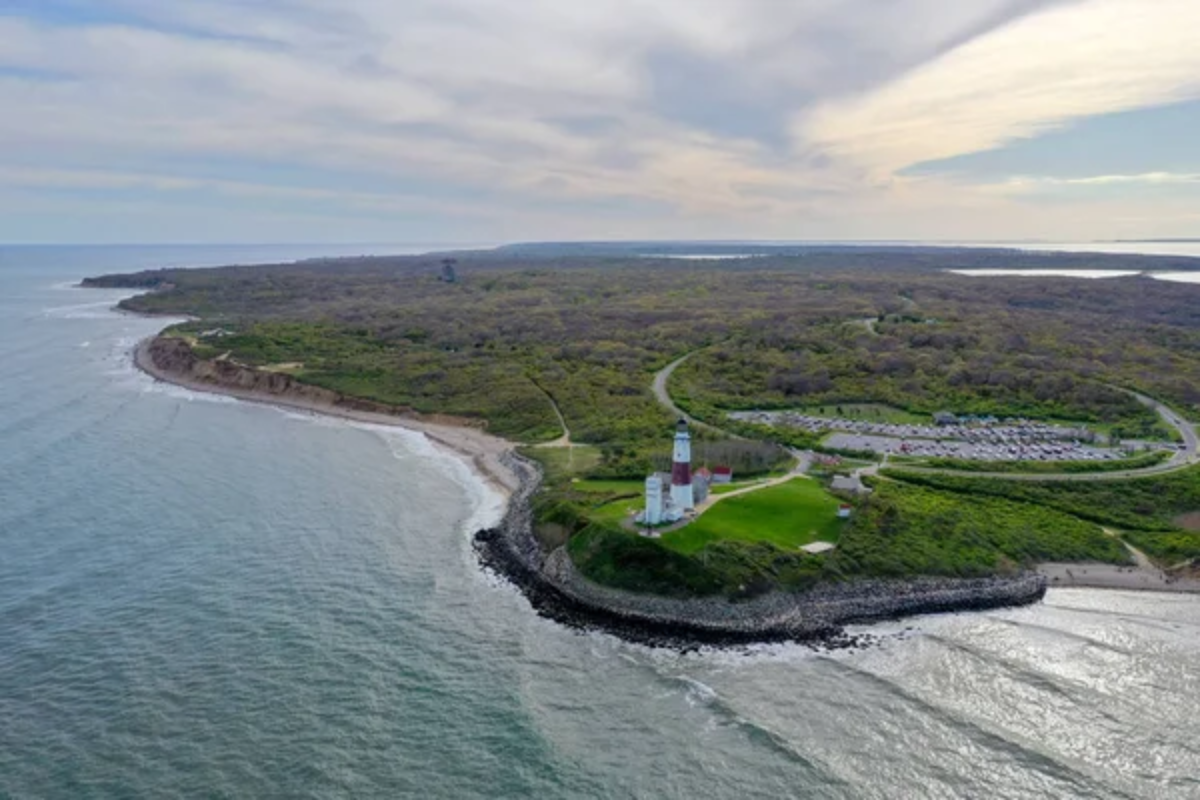
The North and South Forks create a maritime climate perfect for Bordeaux varieties and Chardonnay, which benefit from extended growing seasons moderated by surrounding water. Established wineries like Bedell Cellars and Wolffer Estate have proven that Long Island can produce age-worthy wines that reflect its unique coastal terroir.
The region’s proximity to New York City creates a vibrant wine tourism scene with sophisticated tasting rooms and restaurants.
Like Travel Pug’s content? Follow us on MSN.
Yakima Valley – Washington

Washington’s oldest designated AVA produces diverse wines from desert-like conditions where irrigation transforms sagebrush into thriving vineyards. The region’s extreme continental climate creates intense fruit flavors while diverse soil types allow multiple varieties to excel in different vineyard sites.
Charles Smith and other innovative winemakers have brought national attention to Yakima Valley’s potential for distinctive, terroir-driven wines.
Texas Hill Country – Texas

Central Texas’s limestone soils and elevation changes create surprising conditions for European grape varieties that thrive despite the state’s challenging climate. Innovative winemakers use high-elevation vineyard sites and careful variety selection to produce wines that express Texas terroir while maintaining balance and elegance.
Brennan Vineyards and Fall Creek showcase how persistence and adaptation can create a thriving wine industry in unexpected locations.
Seneca Lake – New York
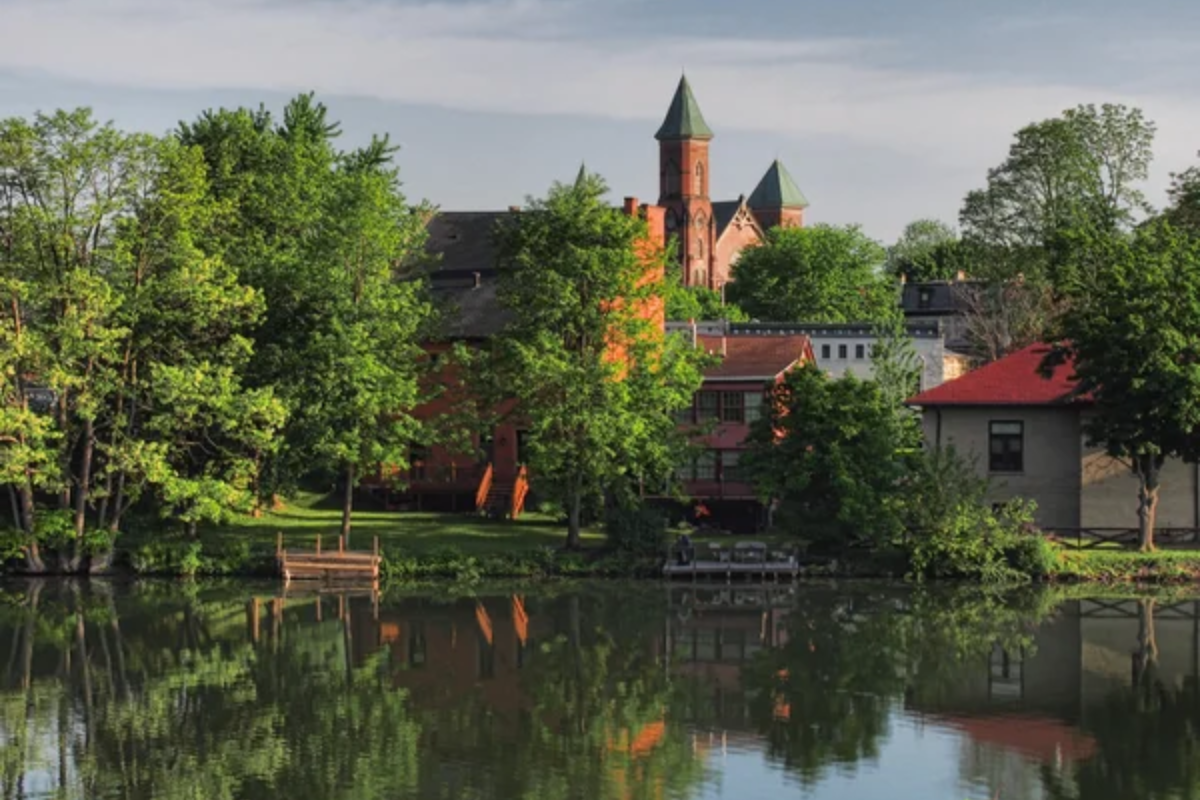
The deepest Finger Lake creates a unique microclimate where steep slopes and thermal mass allow extended ripening seasons for premium wine production. German varieties like Riesling excel in these conditions, while red varieties benefit from reflected light and heat from the lake’s surface.
Boundary Breaks and Red Newt Cellars focus on expressive wines that showcase the lake’s distinctive terroir through minimal intervention winemaking.
Like Travel Pug’s content? Follow us on MSN.
Applegate Valley – Oregon
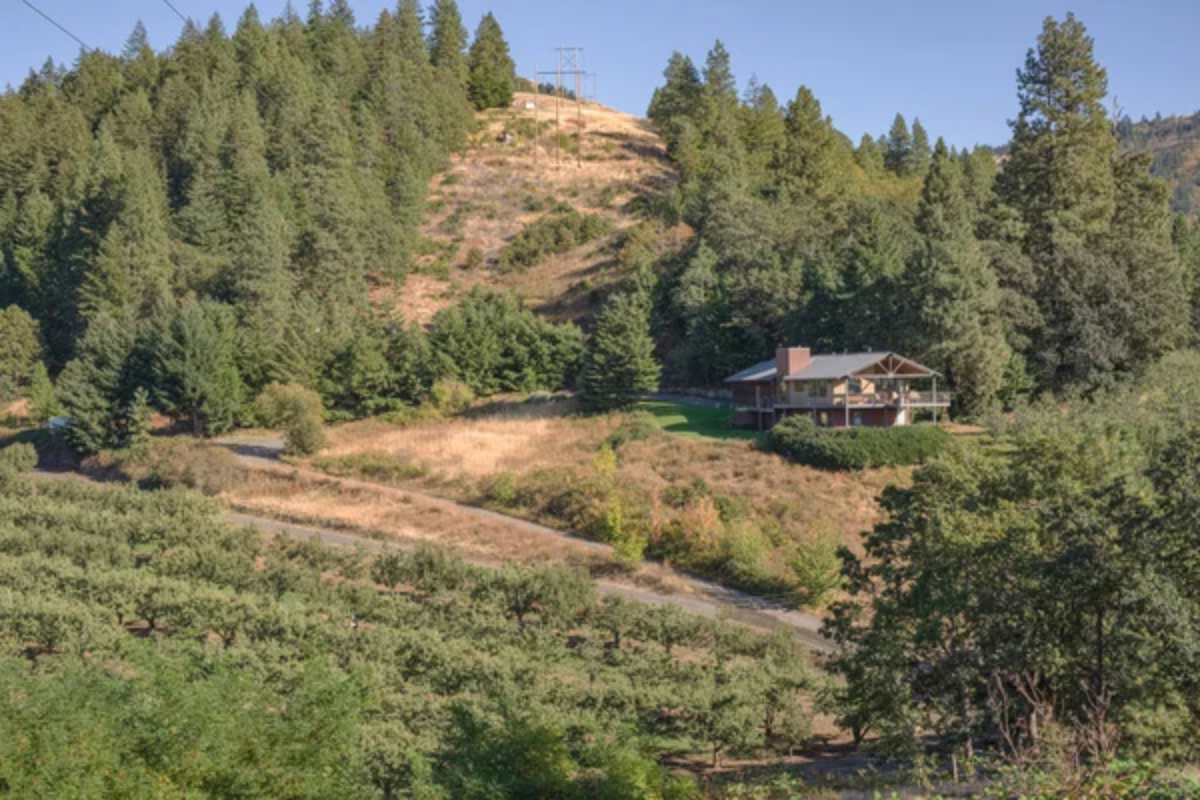
Southern Oregon’s warmer climate allows Bordeaux and Rhône varieties to ripen fully while maintaining the elegance associated with Oregon winemaking. The valley’s diverse soils and microclimates create opportunities for small wineries to specialize in specific varieties suited to their particular sites.
Troon Vineyard’s biodynamic practices demonstrate how sustainable viticulture can express terroir while producing distinctive, age-worthy wines.
Michigan’s Leelanau Peninsula – Michigan
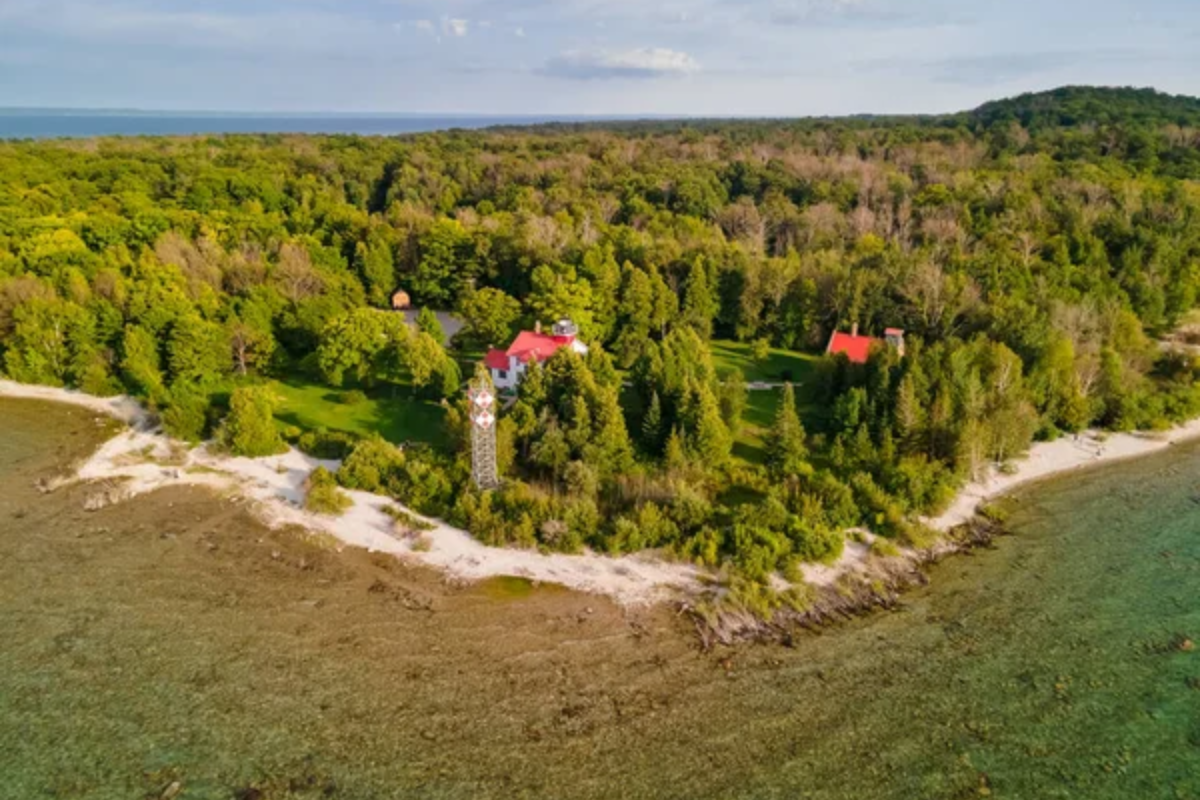
Lake Michigan’s thermal influence creates a surprising microclimate where cool-climate varieties thrive despite the region’s northern latitude. Riesling and Pinot Grigio excel in these conditions, while sparkling wines benefit from the area’s crisp acidity and elegant fruit character.
Chateau Chantal and L. Mawby prove that Great Lakes viticulture can produce wines that compete with established cool-climate regions worldwide.
North Carolina’s Yadkin Valley
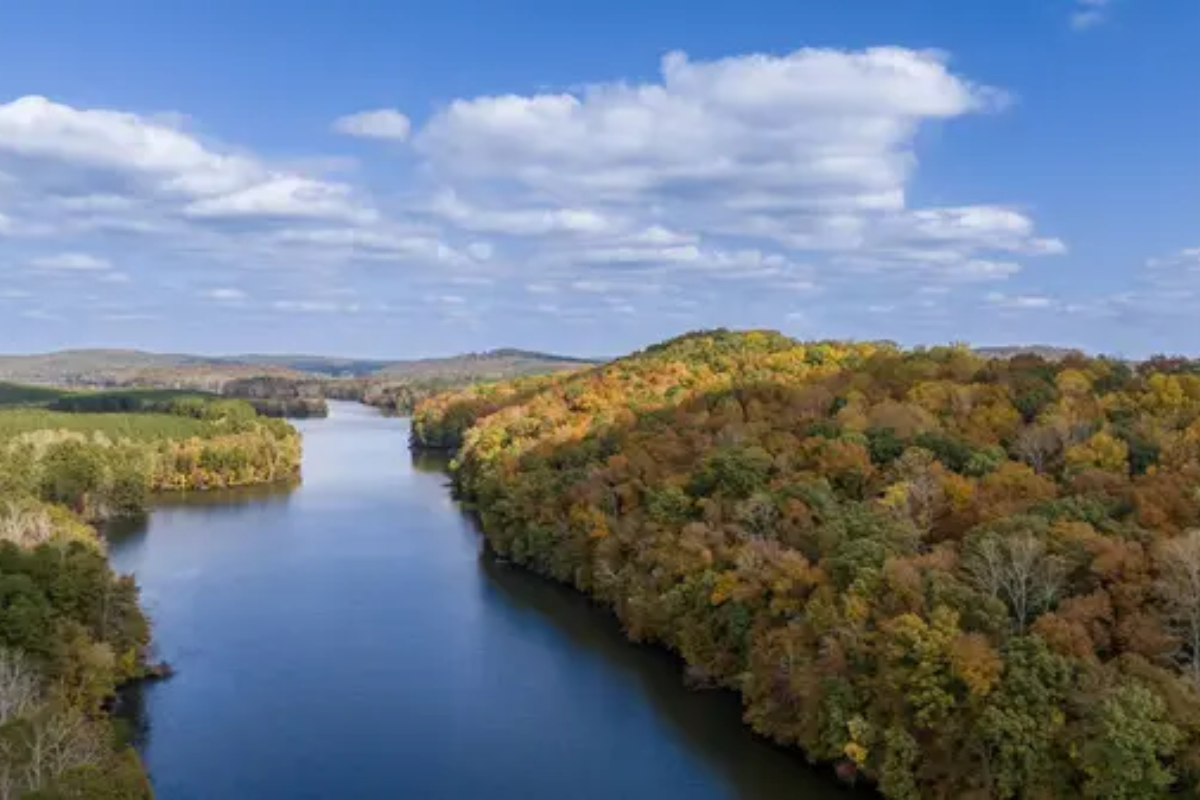
The Appalachian foothills create diverse elevations and exposures perfect for both European varieties and native American grapes that handle the region’s humid climate. Innovative winemakers blend traditional techniques with modern technology to produce wines that reflect Southern terroir while meeting contemporary quality standards.
Shelton Vineyards and RayLen showcase how thoughtful site selection and variety matching can succeed in challenging climatic conditions.
Like Travel Pug’s content? Follow us on MSN.
Colorado’s Grand Valley – Colorado]
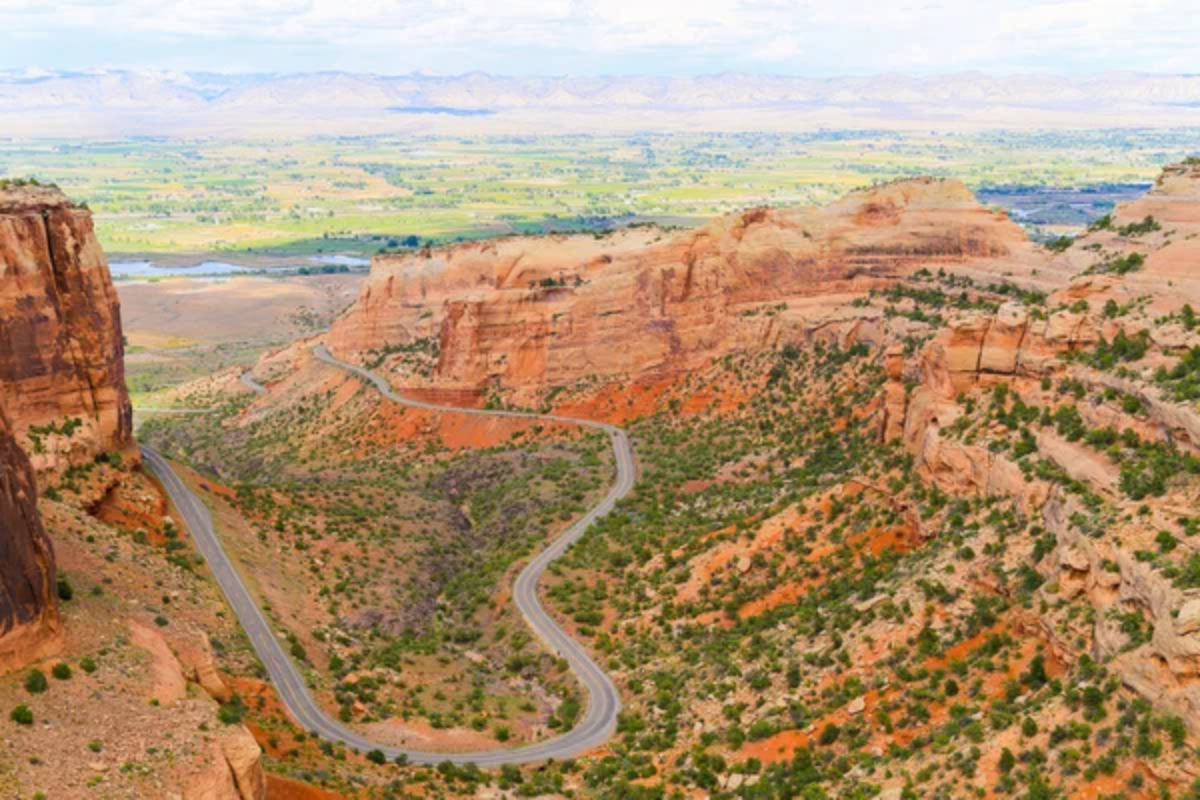
High-altitude viticulture creates intense fruit flavors and natural acidity that allow Colorado wines to pair beautifully with the state’s outdoor lifestyle and cuisine. The region’s extreme diurnal temperature variation helps grapes develop complexity while maintaining freshness, making these wines food-friendly.
Colterris and Plum Creek showcase how elevation and careful variety selection can produce distinctive wines in continental climate conditions.
Arizona’s Verde Valley – Arizona
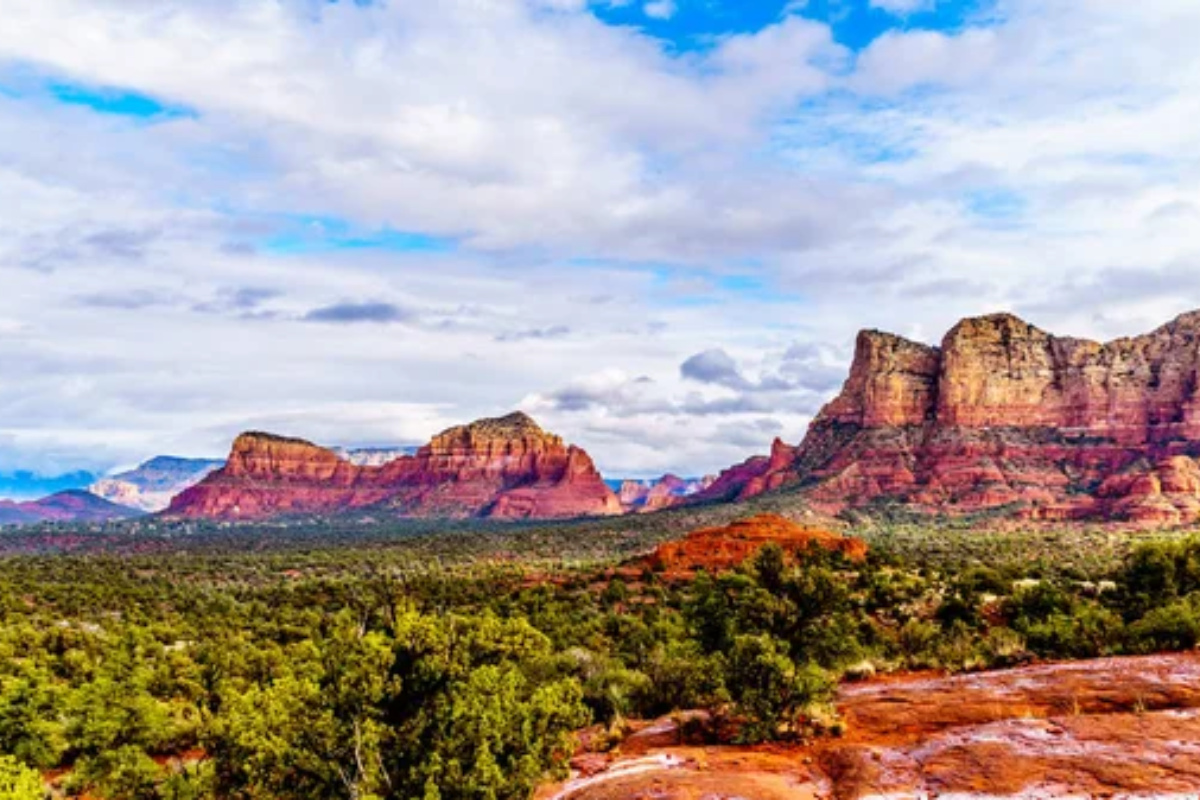
High-desert viticulture takes advantage of elevation and diverse soil types to produce surprising wines that challenge preconceptions about desert winemaking. The region’s intense sunlight and cool nights create ideal conditions for certain varieties, while innovative irrigation techniques ensure vine health.
Caduceus Cellars and Alcantara Vineyard demonstrate how adaptation and experimentation can create successful wineries in extreme environments.
Ohio’s Lake Erie Shore – Ohio
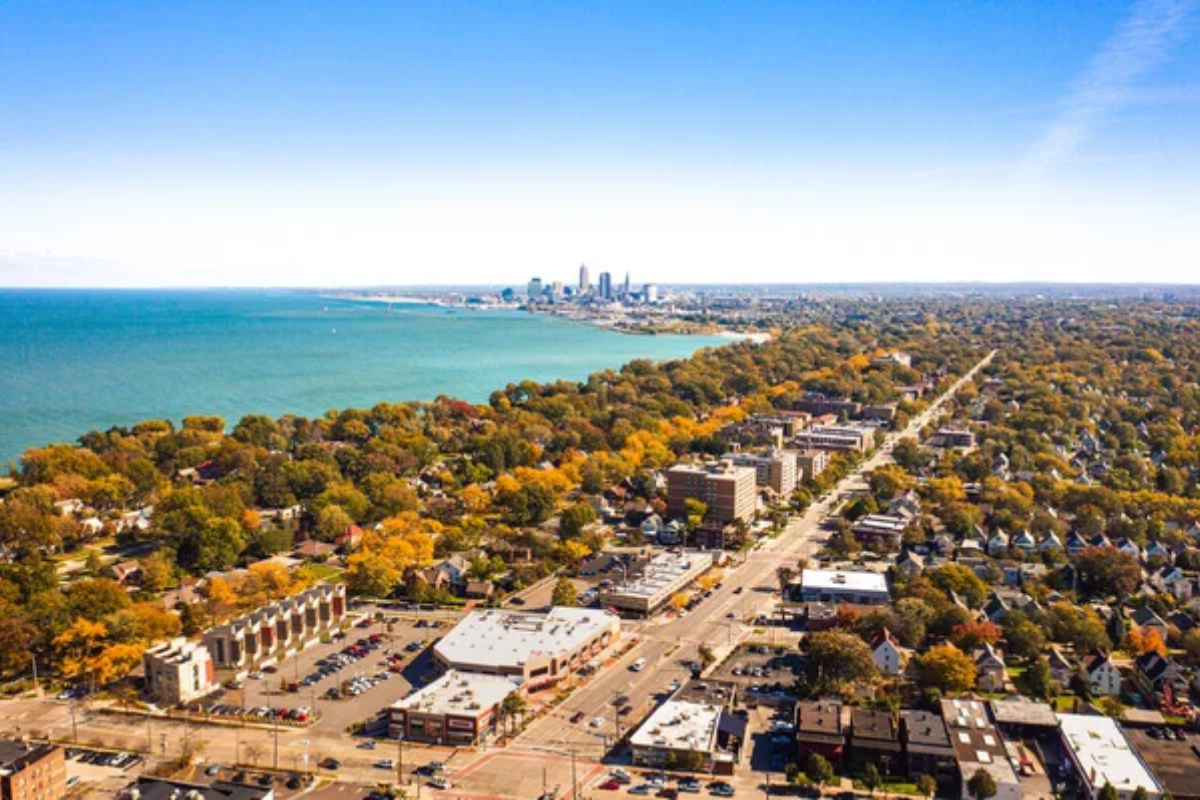
Lake Erie’s moderating influence creates a microclimate where hybrid varieties and cool-climate European grapes thrive despite Ohio’s continental climate challenges. The region’s established wine industry dates back generations, while modern winemakers focus on quality improvements and variety selection suited to local conditions.
Firelands Winery and Ferrante showcase how regional adaptation and modern techniques can produce distinctive wines that reflect Great Lakes terroir.
Like Travel Pug’s content? Follow us on MSN.
Missouri’s Augusta AVA – Missouri
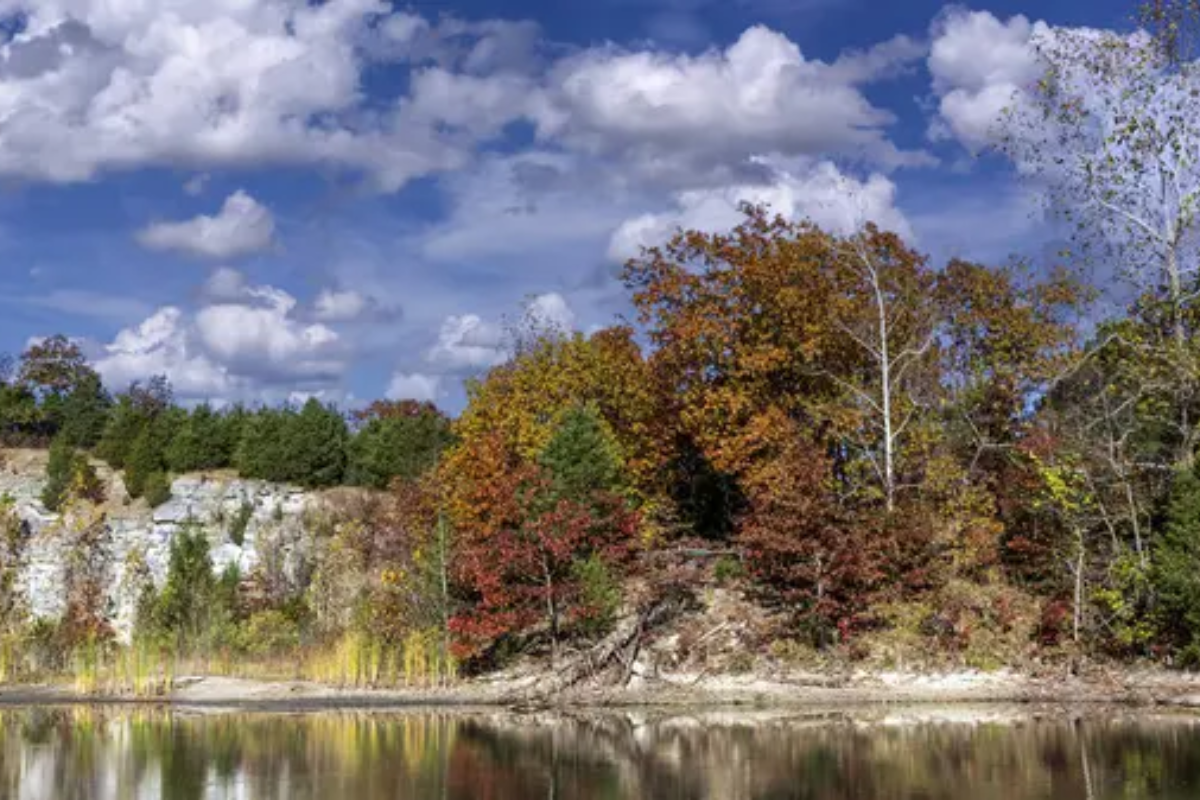
America’s first designated viticultural area continues producing wines from native American varieties and French hybrids that handle Midwest climate extremes. Historic wineries like Mount Pleasant have maintained traditional winemaking techniques, while modern producers experiment with variety selection and quality improvements.
The region’s limestone soils and varied topography create diverse sites for both traditional and innovative winemaking approaches.
New Mexico’s Mesilla Valley – New Mexico
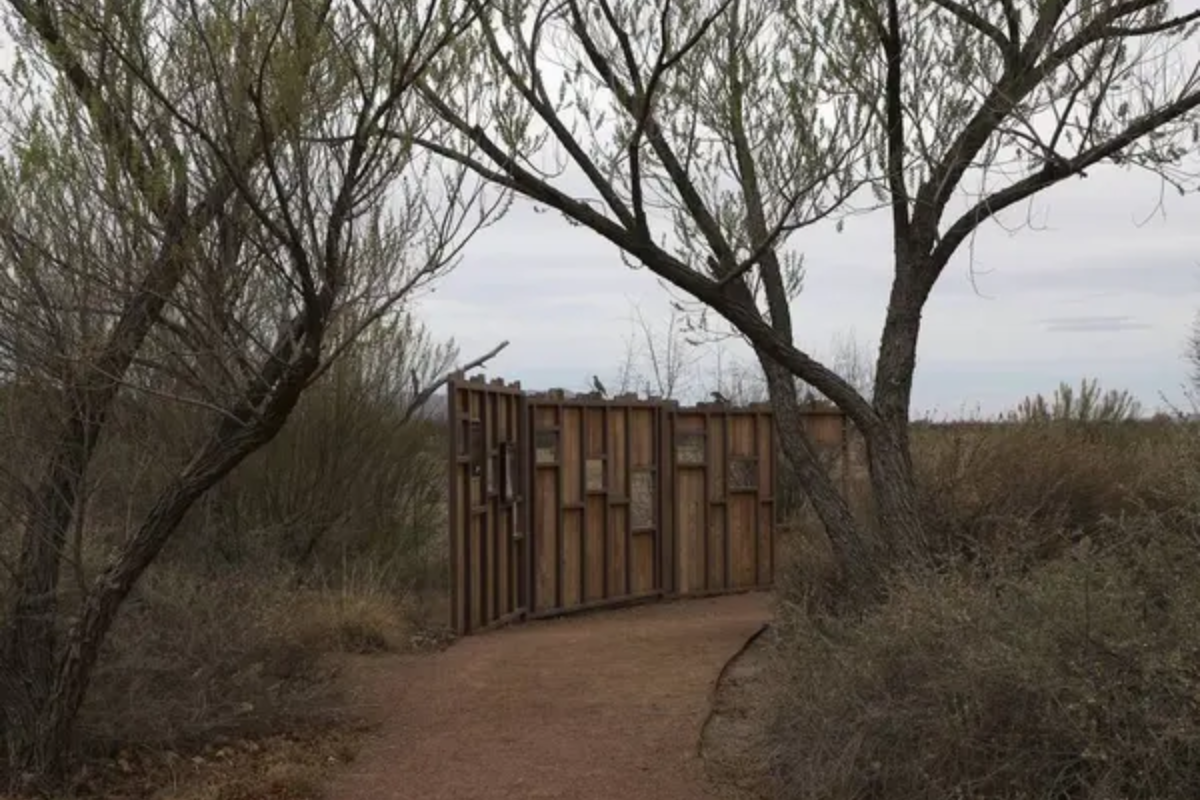
High-desert viticulture takes advantage of intense sunlight and dramatic temperature swings to produce concentrated wines with natural acidity and distinctive terroir expression. Ancient winemaking traditions blend with modern techniques as wineries focus on varieties suited to arid conditions and extreme elevation.
Vivac Winery and Casa Rondeña demonstrate how adaptation and innovation can create distinctive wines in challenging desert environments.
Idaho’s Snake River Valley – Idaho
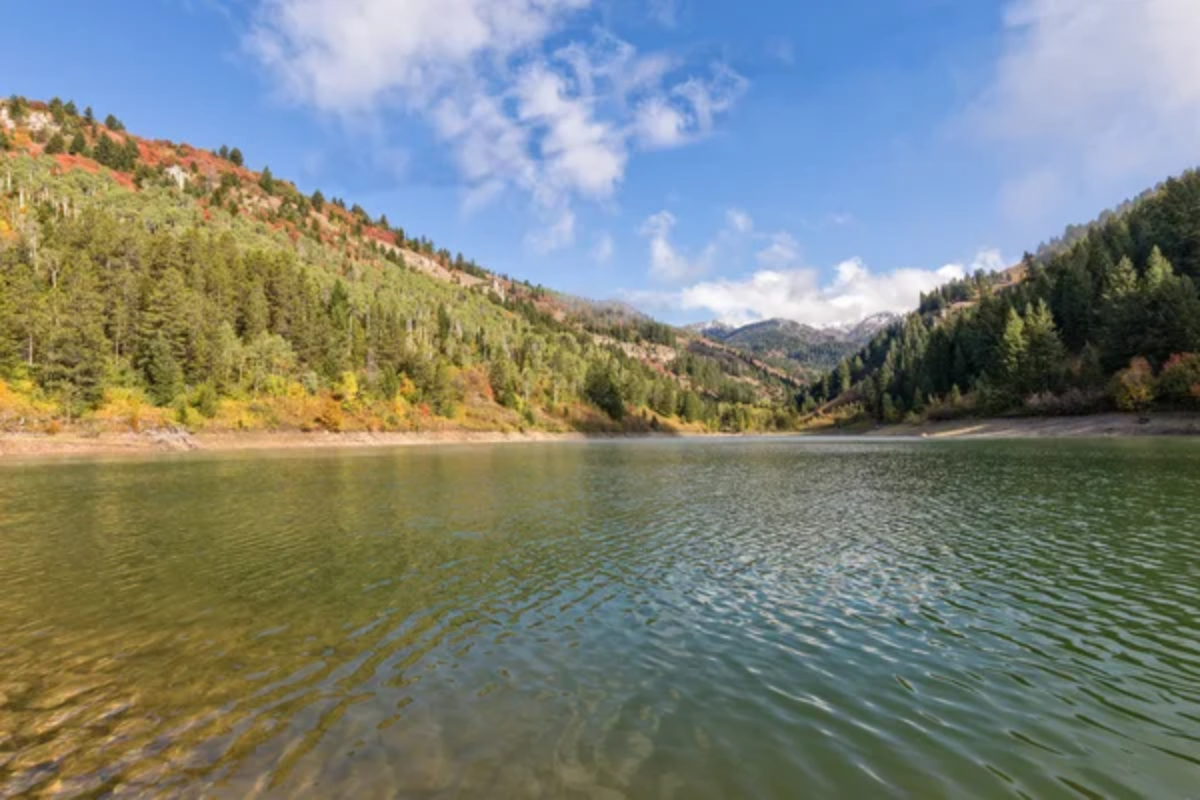
High-elevation vineyards benefit from Idaho’s extreme continental climate, where intense sunlight and cool nights create ideal conditions for certain grape varieties. The region’s volcanic soils and diverse microclimates allow experimentation with both traditional and unusual varieties, while maintaining focus on quality over quantity.
Ste. Chapelle and Cinder Wines showcase how geographic isolation and challenging conditions can produce distinctive, terroir-driven wines.
Like Travel Pug’s content? Follow us on MSN.
Beyond the Valley’s Shadow
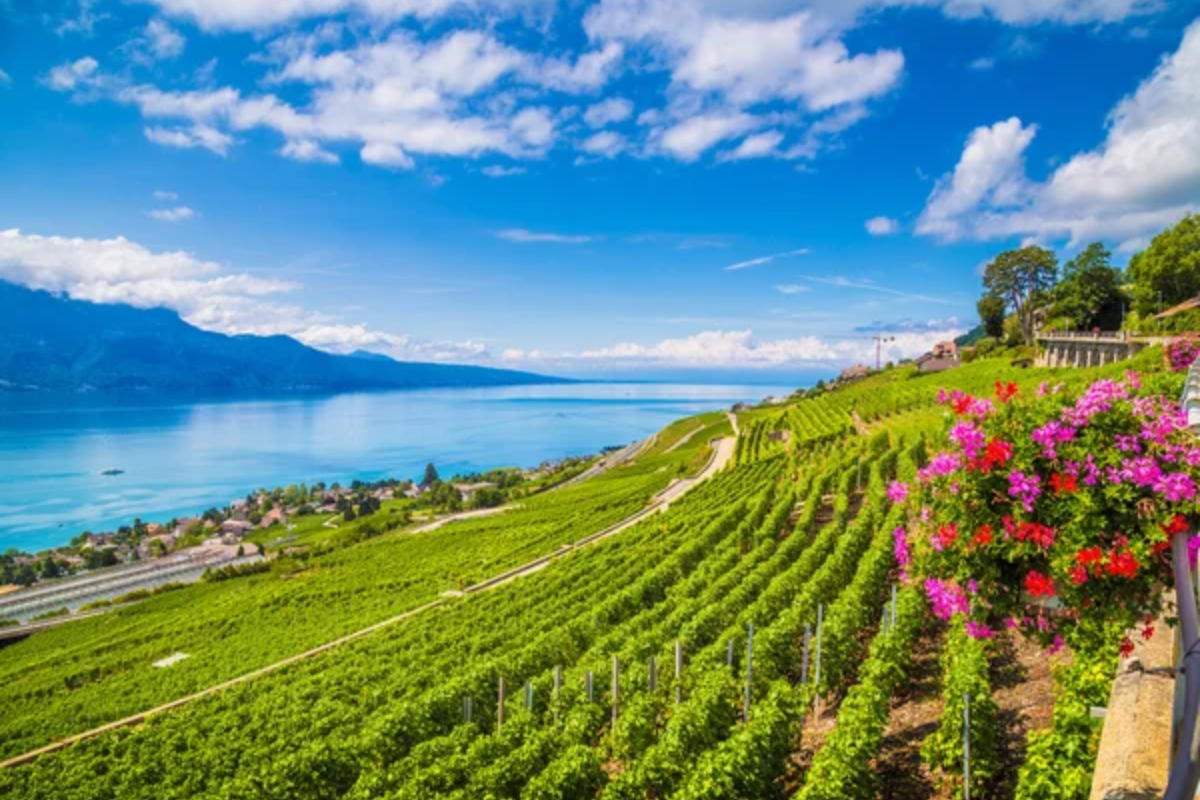
These diverse wine regions represent America’s viticultural future, where innovation, adaptation, and terroir expression create distinctive wines that reflect their unique geographic and cultural contexts. Each region faces specific climatic and geographic challenges that inspire winemakers to think creatively about variety selection, vineyard management, and winemaking techniques that enhance rather than mask their local character.
The best discoveries often happen in these lesser-known regions, where passionate winemakers focus on quality and authenticity rather than marketing and prestige, creating opportunities for wine lovers to discover exceptional bottles at reasonable prices. Whether you’re seeking cool-climate elegance, high-altitude intensity, or innovative hybrid varieties, these regions offer experiences that expand your understanding of American wine while providing memories that last long after the last sip.
More from Travel Pug

- 20 Best Beach Towns in the Carolinas
- 13 Destinations Where Tourists Regularly Regret Their Trip
- 20 Destinations That Are More Magical Without an Itinerary
- 20 Underrated Adventures That Belong on Your Travel List
- 20 Cities Where You Should Just Wing It, No Planning Required
Like Travel Pug’s content? Follow us on MSN. on MSN.
